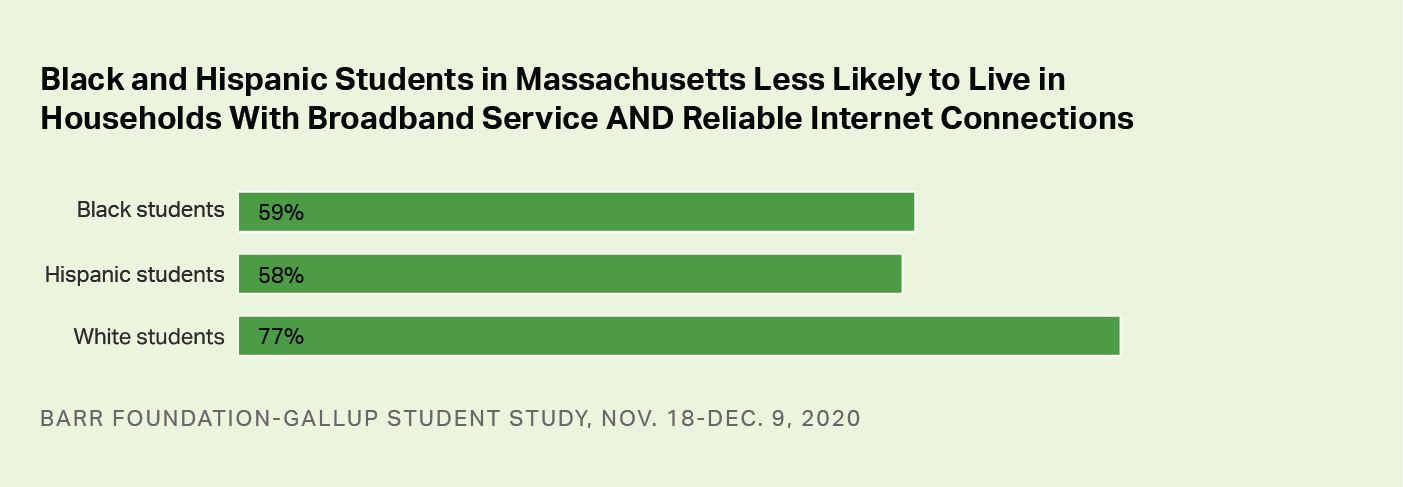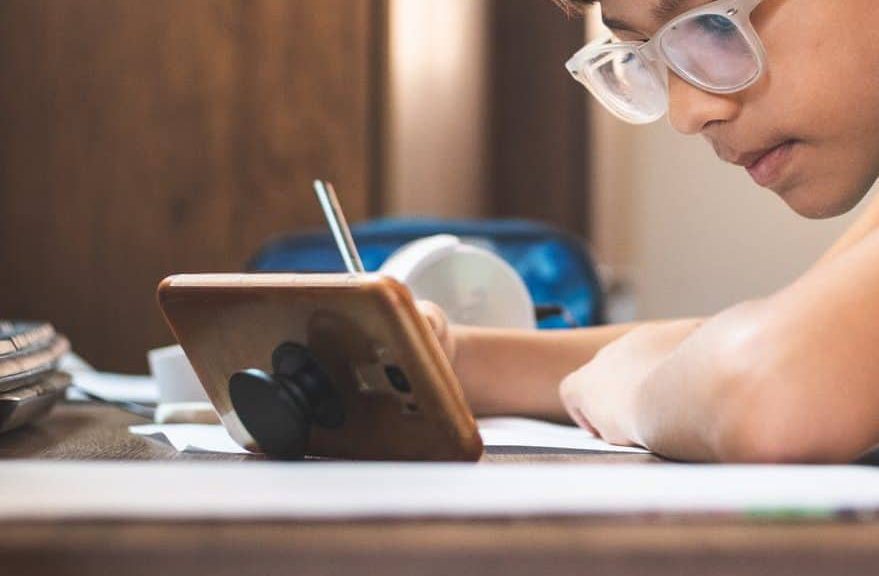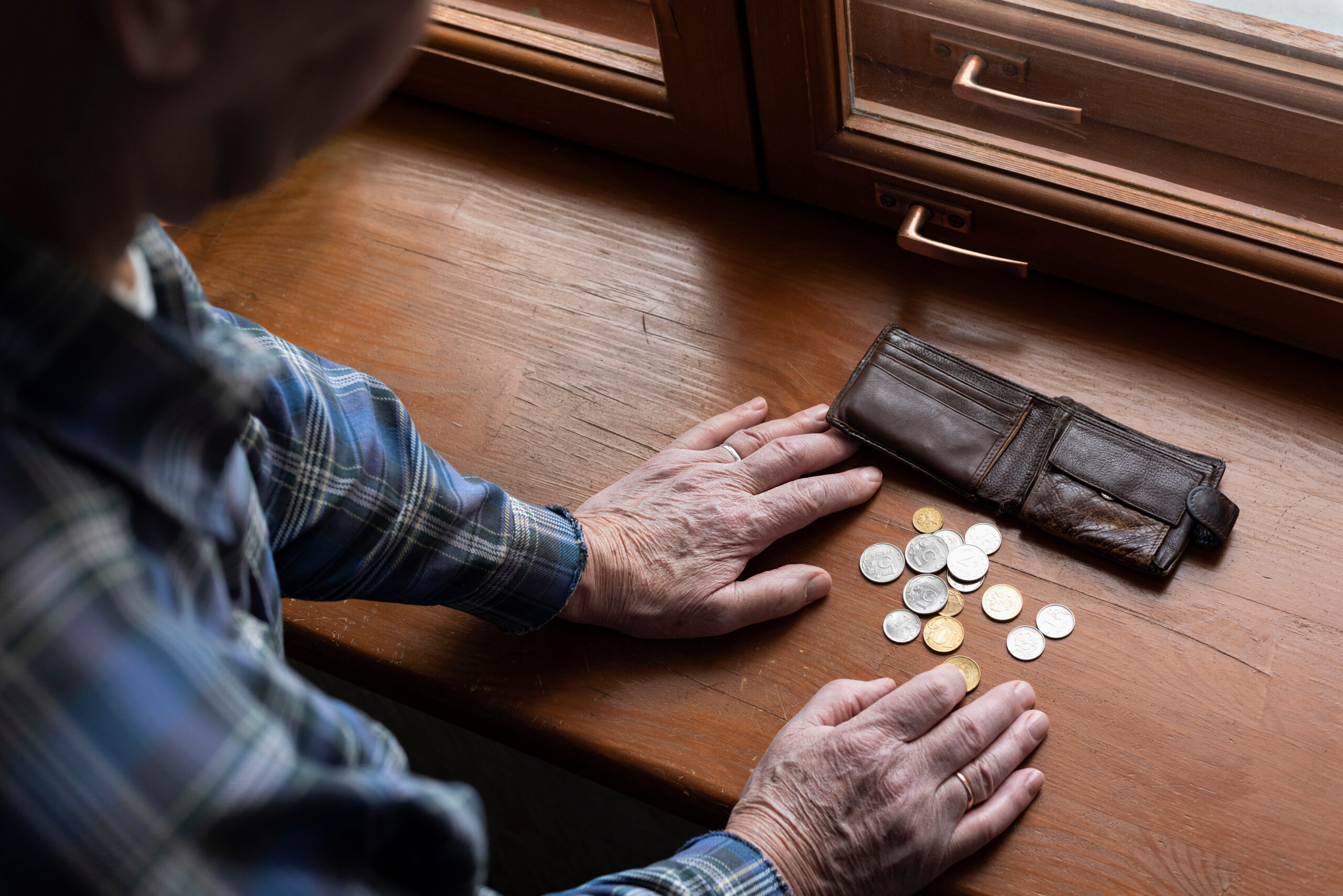Half of Massachusetts students (50%) say they prefer to learn in person full-time, while about a third (34%) say they prefer a hybrid in-person/remote arrangement, according to a new Barr Foundation and Gallup study
The survey finds while many Massachusetts high school students are currently learning remotely full-time, relatively few — 16% — say this is their preference.

Over 22% of students across Massachusetts are Hispanic – Latino reports Latinos for Education.
The poll of 1,000 Massachusetts high school students and the accompanying report released Tuesday also showed differences along race. About 58% of Black students and 55% of Hispanic – Latino students reported learning remotely full-time in the fall compared to 31% of white students.
“There is a difference in the high school experience for different groups of students,” said Kate Dobin, education team senior program officer at the Barr Foundation in an interview with CommonWealth magazine. “Low-income, Black and Latino students are feeling less satisfied and feeling like they are falling further behind academically….They’re experiencing this pandemic in inequitable ways, which will compound on the inequities we had in our system before.”
Students from marginalized communities in Massachusetts are also less likely to live in households with reliable high-speed internet connections.
According to the poll, 77% of white students in the state live in households with broadband internet connections that their parents describe as reliable. This figure falls to 59% for Black students and 58% for Hispanic – Latino students.

One of the most enduring effects of the COVID-19 pandemic is its impact on K-12 students. With most students in the U.S. learning in either fully remote or hybrid classrooms, Gallup reveals the sudden transition has raised many challenges for students, teachers, parents, and administrators.
Publisher’s Note: The poll was based on responses from Massachusetts high school students who were contacted by telephone from November 18 to December 9. It has a margin of error of plus or minus 4 percentage points.
Photo Credit: TheConversation




